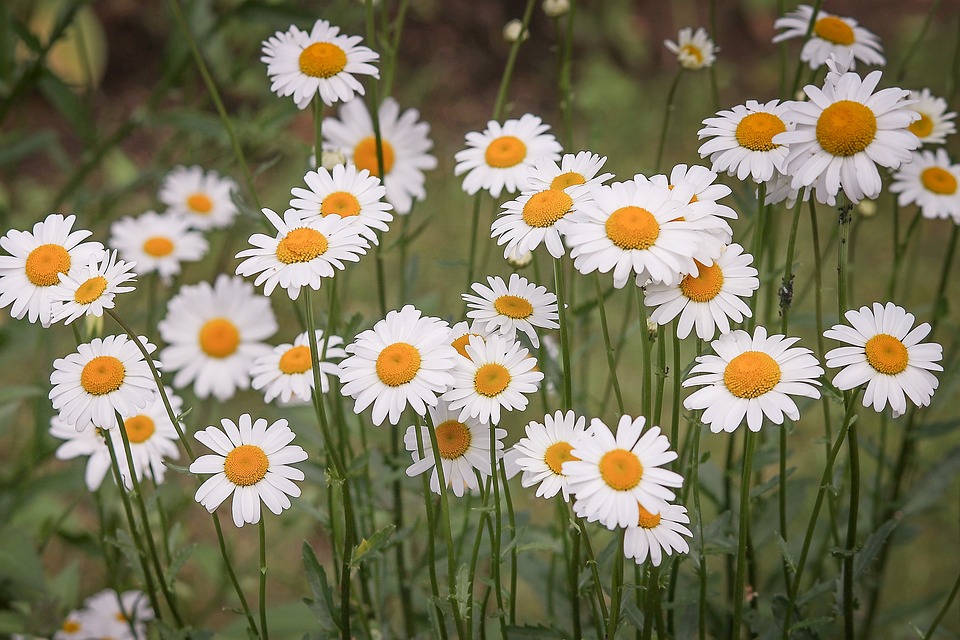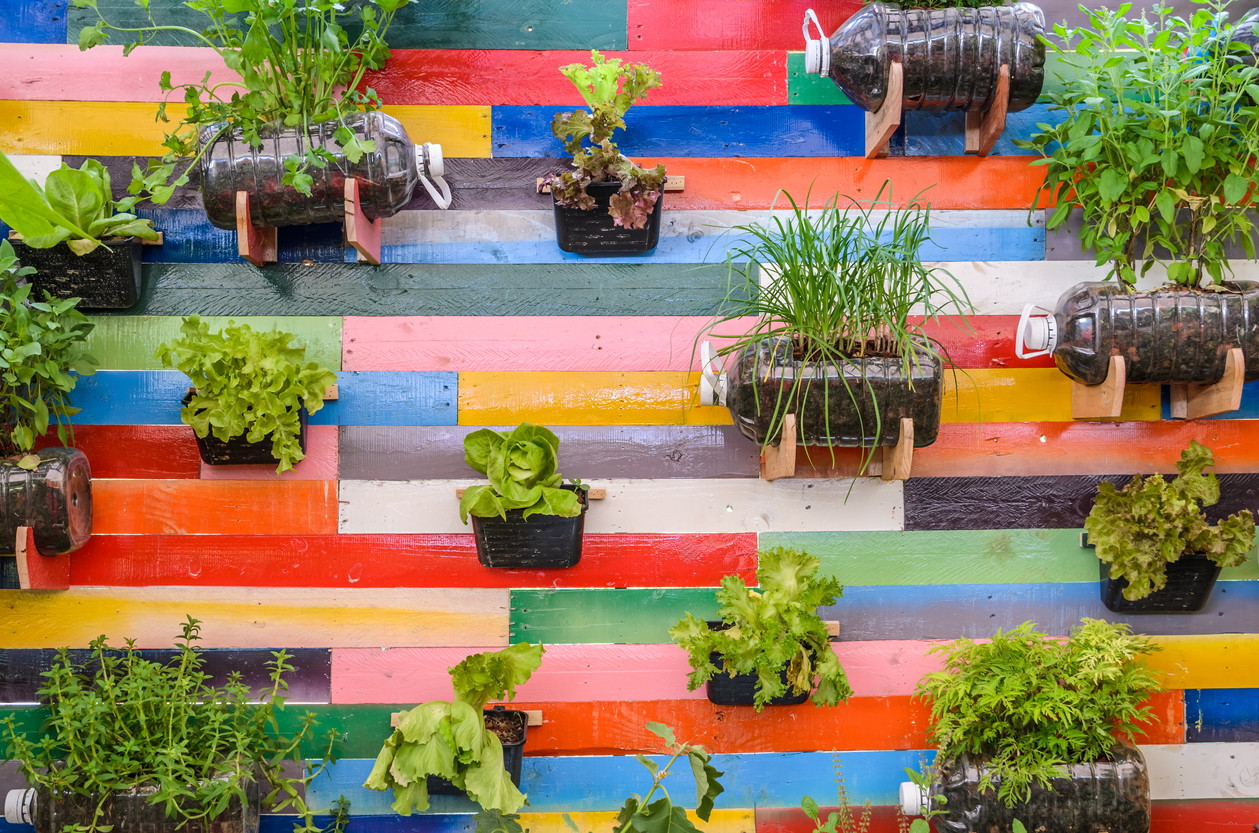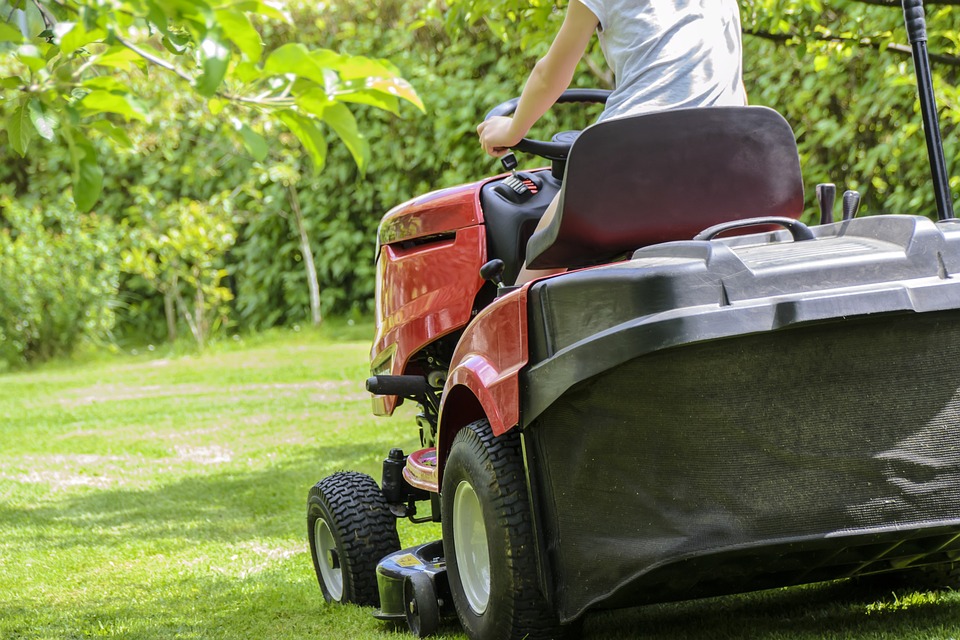In ancient times, daisies were used in a thousand ways, between cuisine and medicine. Today, they are among some of the most common plants grown. Today, they are mainly used as ornamental flowers for both indoor and outdoor spaces. However, the real beauty of daisies lies in their varieties.
The Daisy and Its Varieties
Daisy is a herbaceous plant, it grows in the meadows of different parts of Europe, and perhaps not everyone knows that it is native to Tibet. It can grow up to 90 cm tall and is characterized by its white petals, with a yellow pistil in the middle. However, some varieties also have yellow, pink or red petals.
This flower blooms in spring, although depending on the weather, it can also bloom in autumn. If you are one of the lovers of these beautiful flowers and you have decided to grow them in your outdoor space, you can choose between different varieties, small and large and with more or less bright and attractive shades.
1) The Asteraceae Family
The Asteraceae family includes more than 20,000 different species, including all the most common daisies, from the lush field daisies (diploid daisies) to the largest and most striking giant daisies.
The Shasta daisy or giant daisy is a perennial flower characterized by large flower heads, similar to common white field daisies. It is a prevalent species both for its easy cultivation and for its great resistance.
This daisy species prefers full sun but can grow well even in semi-shade as long as it gets enough sun during the day. Giant daisies should be planted in well-drained but consistently moist soil. They are suitable for growing in the ground, in beds and pots, and are often used in flower arrangements.

2) Echinacea Purpurea
Echinacea purpurea is a native species of North America, growing up to 120 cm, whose petals are deep purple, and the flower head is large and quite prominent. This daisy needs a partially sunny position and moist soil; purple Echinacea is also known for its medicinal properties and is used to prepare medicines that help the immune system.
3) Rudbeckia
Rudbeckia, annual or perennial, is a very resistant wildflower, characterized by very intense colour, ranging from red to burgundy in the central part of the petals, a yellow-orange on the outside. This daisy can withstand drought well, and it prefers a sunny position and well-drained soil.
4) The Gerbera
The Gerbera is commonly cultivated as an easy to maintain ornamental plant and the production of the very durable and decorative cut flower. It is an elegant daisy because of its petals and shape, which are more pointed than those of giant daisies.
Unlike many other daisies, the Gerbera is a somewhat fragile plant. It prefers well ventilated and moderately dry soil. Although it tolerates direct sunlight, it is good to protect it from the hot summer sun that could ruin flowers and foliage.
The soil must be exceptionally well-drained because this flower does not tolerate stagnation of water. Therefore, watering must also be moderate: it is advisable to wait until the substrate feels dry to water. The Gerbera also needs a fertilizer rich in potassium, nitrogen and phosphorus, during the growth phase.

5) The Chrysanthemum Coccimeum
The Chrysanthemum coccimeum is an ornamental plant whose flowers range from white to pink to yellow and single or double. This species grows best in rich, well-fertilized soil that always has good drainage. The best location is in full sun, and watering should be constant and relatively abundant.
Unlike many other beautiful, graceful and fragrant flowers, daisies are a fairly simple flower to grow at home. In a more or less large vase, it can also be grown well on balconies and terraces.



